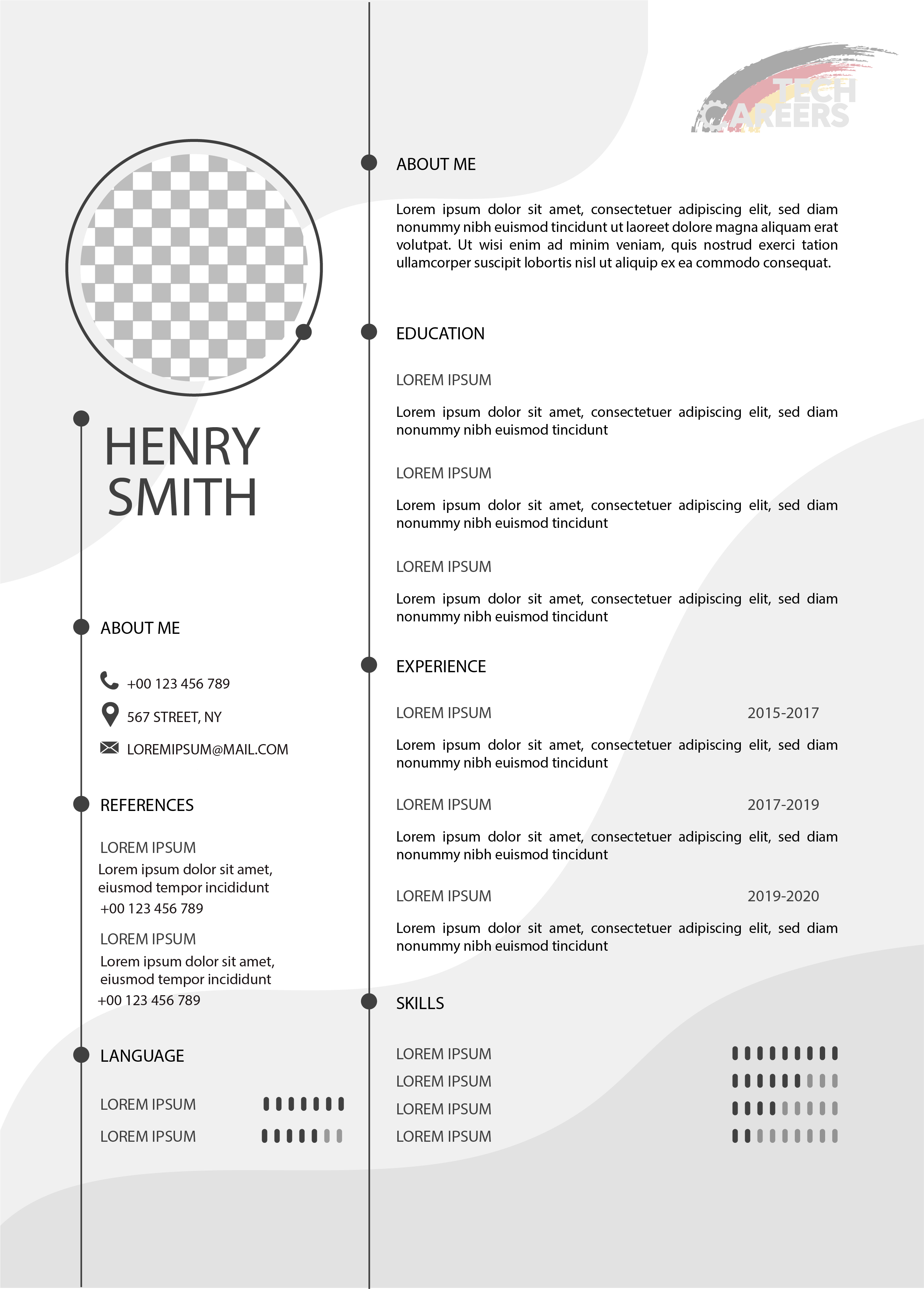

Applying for a job in Germany requires a well-crafted and strategically tailored German CV. Whether you’re pursuing tech jobs in Germany, or seeking a software engineer position in Berlin, knowing how to create a resume in the CV format Germany is essential to securing an interview. Understanding the nuances of the Germany CV composition 2024 ensures that your application aligns with current industry standards and maximizes your chances of success.
This comprehensive guide will walk you through the key aspects of how to write your CV for the German job market, including composition, structure, and strategies to make your career bio stand out to potential employers. We will also provide tips for tailoring your CV to specific job applications and industries, and offer additional resources to ensure your success.
This comprehensive guide will walk you through the key aspects of a German CV, including format, structure, and how to make your CV stand out to potential employers. We will also provide tips for tailoring your CV to specific job applications, and industries, and provide additional resources to ensure your success.
The German CV Format and Structure
When creating a CV Germany, it is important to adhere to the traditional German resume template, which consists of several key sections. Discover our step-by-step CV guide on how to make CV in German, ensuring you stand out to potential employers and increase your chances of landing your dream job in Germany.
Additionally, leveraging the best German resume template can provide you with a structured framework to showcase your qualifications and experiences effectively.
Here is an overview of each section:
Personal Information (Persönliche Angaben): Sure to include your full name, date of birth, address, phone number, and email address. A professional photo is also commonly included, though not mandatory.
Education (Bildung): List your educational background, including the names of schools or universities, the degree earned, and the dates attended.
Work Experience (Berufserfahrung): Present your work history in reverse chronological order, with your most recent position listed first. Include the company name, your job title, the dates of employment, and a brief description of your responsibilities.
Skills (Fähigkeiten): Showcase your relevant skills and qualifications, such as software proficiency, project management, or leadership abilities. Be specific and focus on skills that are directly related to the job you’re applying for.
Language Proficiency (Sprachkenntnisse): Indicate your language skills using the Common European Framework of Reference for Languages (CEFR) scale, which ranges from A1 (basic) to C2 (native). This is particularly important if you’re applying for jobs in Germany as a non-native German speaker.
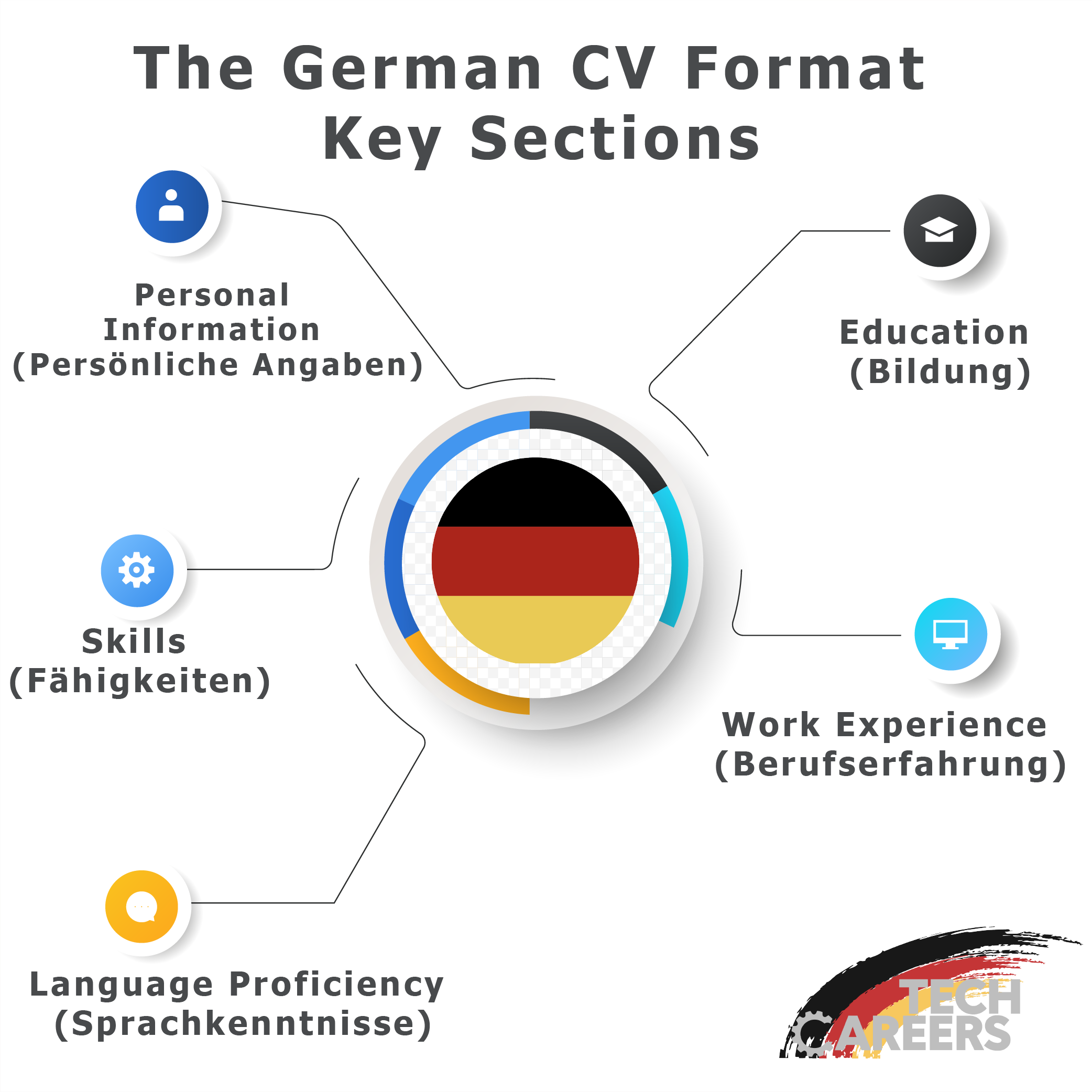
Top German CV Templates 2024
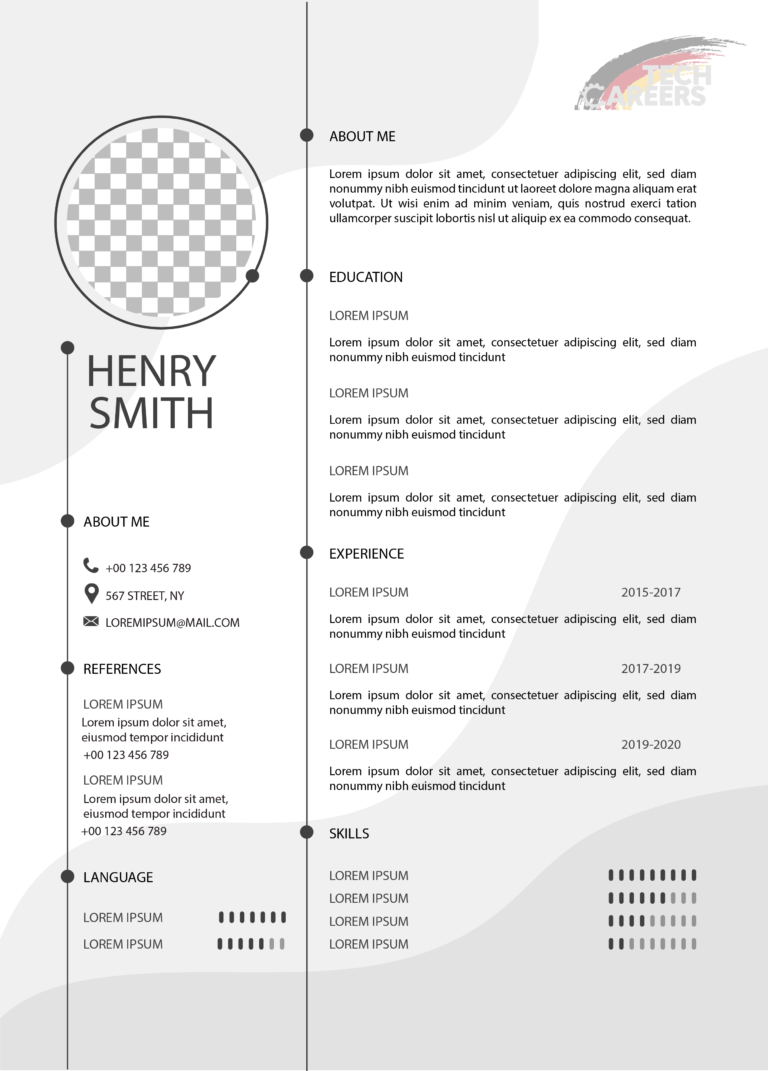
To ensure your resume adheres to the German resume format in English, consider using a German CV template in English or a German resume template. These templates provide a solid foundation for building your esume, while also helping you avoid common mistakes. For a more personalized touch, examine a German CV example in English or a German resume example.
These samples can offer insights into the best practices for each section and inspire you to create a compelling resume that stands out. Additionally, understanding how to write a CV in Germany is crucial for tailoring your application to meet the expectations of German employers and increase your chances of landing your desired job.
Best German CV Samples and Examples 2024
Crafting an effective career history is crucial in today’s competitive job market, and this is especially true in Germany, where precision and professionalism are highly valued. German CVs (Lebensläufe) are often characterized by their clarity, structure, and comprehensive detailing of an applicant’s career history and qualifications. Whether you are a fresh graduate, an experienced professional, or a skilled tradesperson, presenting a well-organized bio can significantly enhance your chances of landing your desired job. In this guide, we will explore some of the best and free CV templates for 2024, providing insights and tips to help you create an impressive and good CV that meets German standards and catches the eye of potential directors.
German CV Format 2024
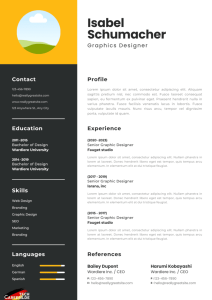
The CV format in Germany for 2024 prioritizes structure and clarity. Begin with your personal information (name, address, phone number, email) and a professional photo. Include a brief professional summary highlighting your accomplishment and career goals. List your job experience in reverse chronological order with job names, companies, dates, and key responsibilities. Detail your education with degrees, institutions, and graduation dates. Highlight relevant skills, certifications, hobbies, and awards. German recruiters and employers particularly appreciate CVs that are concise and well-organized.
Professional German Resume Format
The professional German resume structure emphasizes clarity and thoroughness use the simple font for this. Start with personal information (name, address, phone, email) and a professional photo. Include a concise professional summary. List job experience in reverse chronological order, detailing work titles, companies, dates, and key achievements. Outline education with degrees and institutions. Highlight relevant skills, certifications, and awards.
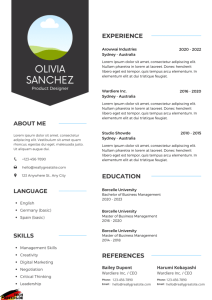
Simple German CV Sample
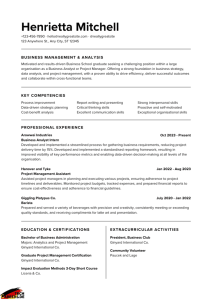
A simple German Curriculum Vitae includes personal information (name, address, phone, email) and a professional photo. It features a concise professional summary, followed by work experience listed in reverse chronological order, detailing job titles, companies, dates, and key achievements. Education is outlined with degrees and institutions. Relevant skills and certifications are highlighted.
European CV Example
A European CV, commonly known as the Europass resume, is designed to create a standardized and transparent structure across EU countries. It includes detailed sections for personal information, a professional summary, work experience, education, and skills. The Europass CV also allows for the inclusion of language proficiency, certifications, and additional competencies. This structure ensures consistency and comprehensiveness, making it easier for bosses to compare candidates from different countries.
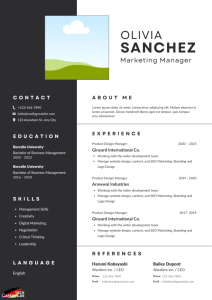
Europass CV Format
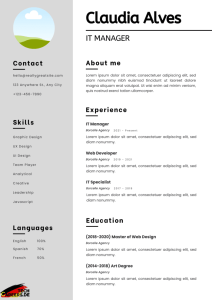
The Europass CV structure is a standardized template used across Europe to ensure clarity and consistency in job applications. It begins with personal information, including contact details and a professional photo. This is followed by a professional summary that outlines key qualifications and career objectives.
Tailoring Your CV For Dream Job in Germany
To make your German official bio even more effective, tailor it to the specific job and industry you’re targeting. Here are some tips for doing so:
- Highlight relevant experience: Emphasize the skills and experiences most relevant to the position you’re applying for. For instance, if you’re applying for a software engineer position in Berlin, focus on showcasing your software development skills and past projects.
- Use industry-specific keywords: Incorporate relevant keywords and phrases from the job posting to demonstrate your familiarity with the industry and improve your CV’s visibility to hiring managers.
- Match the company culture: Research the company’s values, mission, and culture, and reflect these aspects in your CV. This will show your genuine interest in the organization and your compatibility with the company.

Photo on Your German CV: Include or Not Include?
Including a photo in your CV is a common practice and often expected by employers. The photo should be professional, high-quality, and convey a positive image. Typically, it is placed at the top right corner of the CV, near your personal information.
The rationale behind this practice is that a photo can help create a more personal connection and make your application memorable. However, it’s important to choose a photo that aligns with professional standards—avoid casual snapshots or overly stylized images.
When considering whether to include a photo, be mindful of the industry norms and company culture. Some international companies in Germany may adopt more global standards, where including a photo is less common.
To see how this is done effectively, you can look at a bio photo example or a sample CV with photo. These cases can guide you in selecting and positioning your photo appropriately. Using a Curriculum Vitae structure with photo can enhance the overall presentation of your CV and meet the expectations of German employers. However, always ensure that the photo complements the professional tone of your bio.
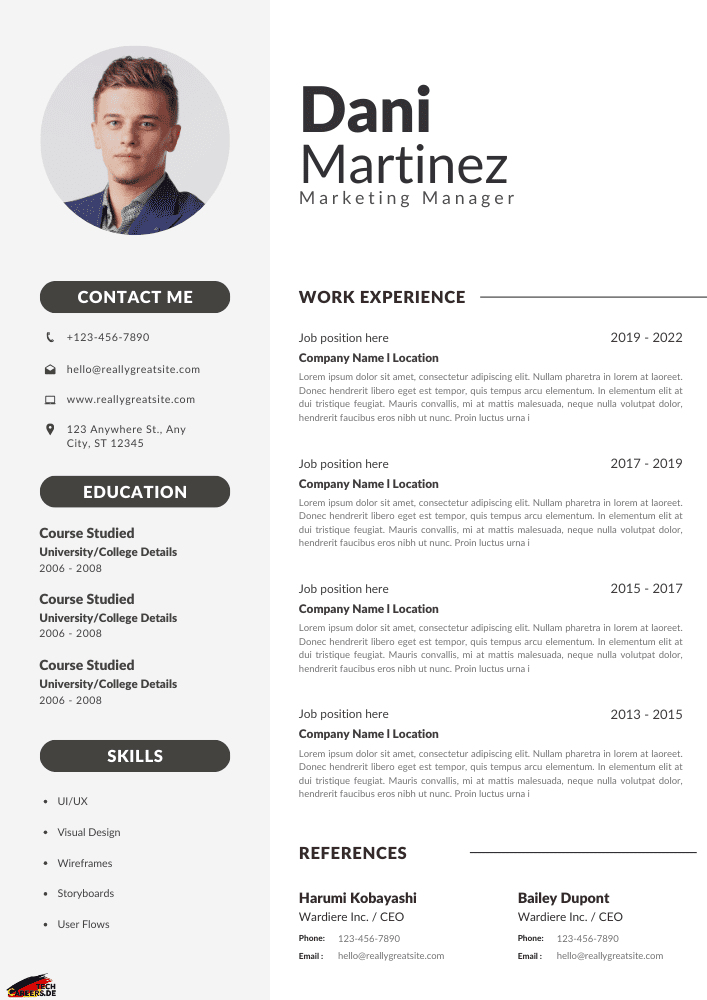
PROS
- Personal Connection.
- Professional Image.
- Industry Norms: In Germany, it is a common practice to include a photo, aligning with traditional expectations and standards.
- First Impressions.
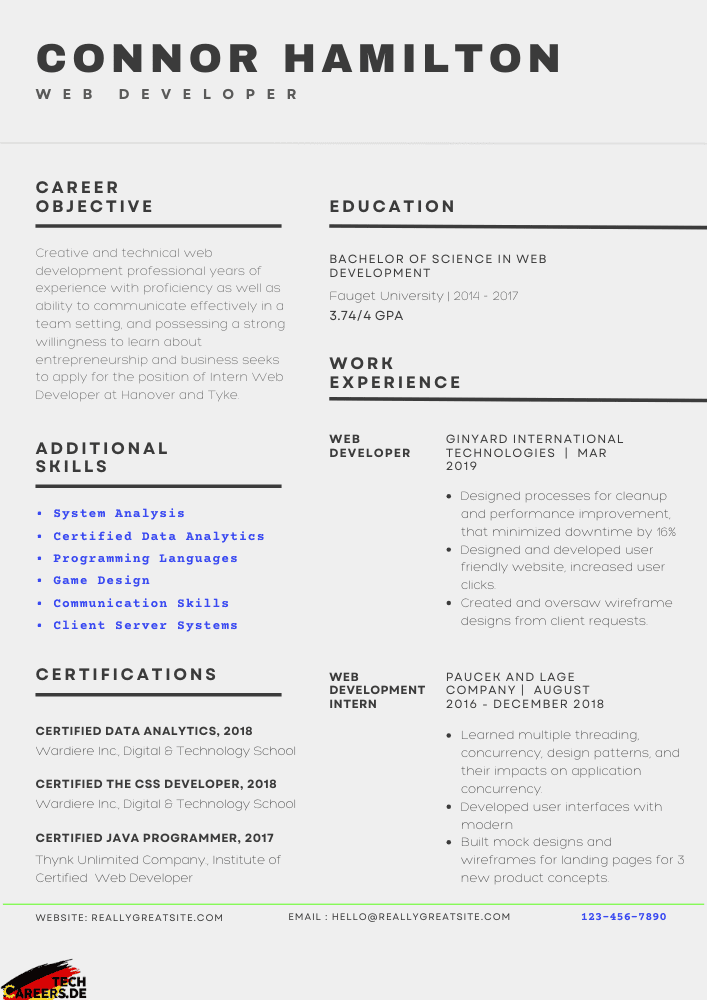
CONS
- Bias Risk: Including a photo can lead to unconscious bias based on appearance, potentially affecting fair evaluation.
- Global Standards.
- Inappropriate Photos.
- Privacy Concerns.
Additional Tips and Resources to Write a German CV Successfully
Tailor your CV to the specific job description, emphasizing relevant experiences and skills. Highlight achievements with quantifiable results, use action verbs, and ensure consistent formatting throughout. In addition to the tips above, consider these additional suggestions to ensure your career history is a winning one.
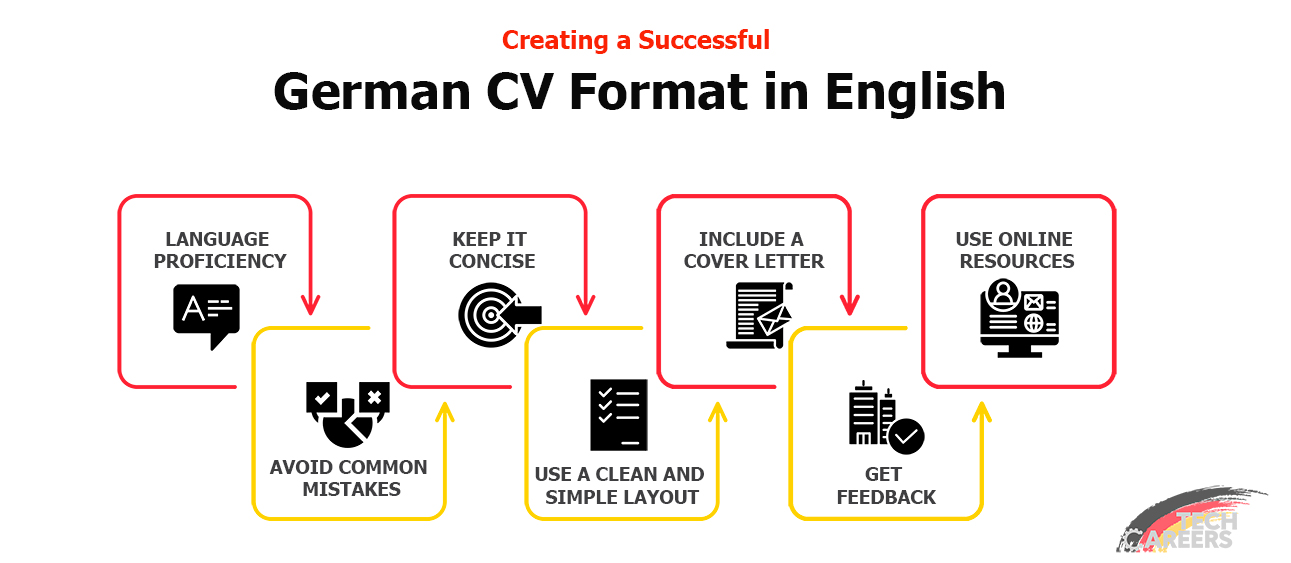
Points to make:
- Language proficiency: If you’re a non-native German speaker, it’s essential to demonstrate your level of German, especially when applying for jobs in Germany. If you’re unsure of your level, consider taking a language proficiency test like the TestDaF or Goethe-Zertifikat.
- Avoid common mistakes: Double-check your CV for common errors such as grammar and spelling mistakes, inaccurate dates, or inconsistent structuring. These errors can undermine your professionalism and hurt your chances of securing an interview.
- Keep it concise: German CVs should be no more than two pages long. Be concise and focus on the most relevant personal details to the position you’re applying for.
- Use a clean and simple layout: A visually appealing CV is more likely to catch the attention of hiring managers. Use a clean, simple layout with clear headings and plenty of white space to make your CV easy to read.
- Include a cover letter: A well-written cover letter can complement your CV by providing additional context about your skills and experiences, as well as your motivation for applying to the job.
- Get feedback: Ask friends, colleagues, or professional contacts to review your CV and provide constructive feedback. This will help you identify areas for improvement and ensure your CV is polished and error-free.
- Use online resources: There are numerous online resources available to help you create a successful CV. Websites like Europass, Joblers, and lebenslauf offer templates, cases, and guidance on crafting a CV that meets German standards.
By following these tips and utilizing the resources available, you’ll be well on your way to creating a perfect German CV that opens doors to exciting job opportunities in the country. When considering a career move to Germany, it’s important to research the local job market, as the average software engineer salary Berlin is both competitive and attractive to professionals in the tech industry. (Explore job opportunities in Berlin >>>) Remember, the key to a successful CV is tailoring it to your target job and industry, highlighting your relevant skills and experiences, and adhering to the CV in Germany structure in English. With time and effort, you’ll create a CV that stands out and makes a lasting impression on potential employers.
Use Our Professional German CV Samples Above and Apply to German Vacancies on Our Website
Discover hundreds of exciting vacancies on our website and connect with Germany's top IT talent. Your company's offer will be seen by thousands of skilled professionals, ensuring you find the perfect match for your needs. Let us help you reach the best IT candidates and achieve your recruitment goals!
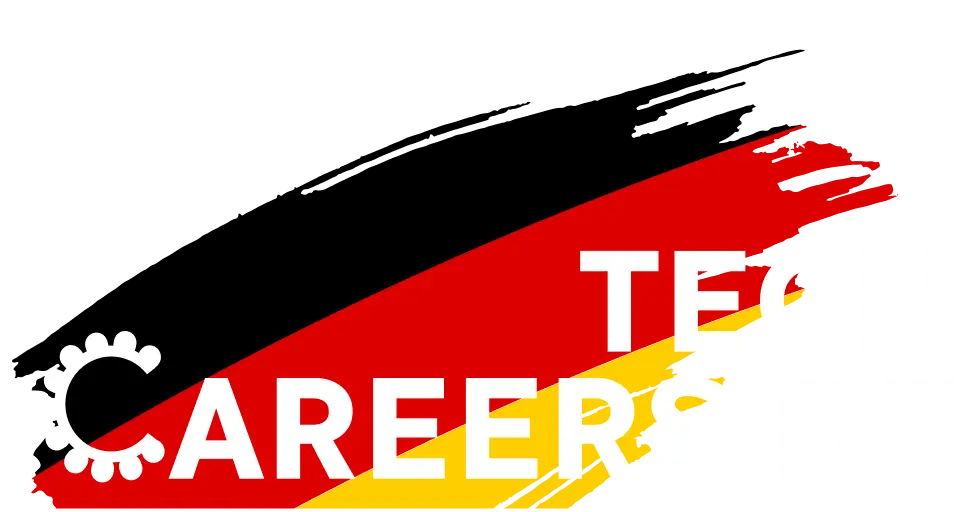

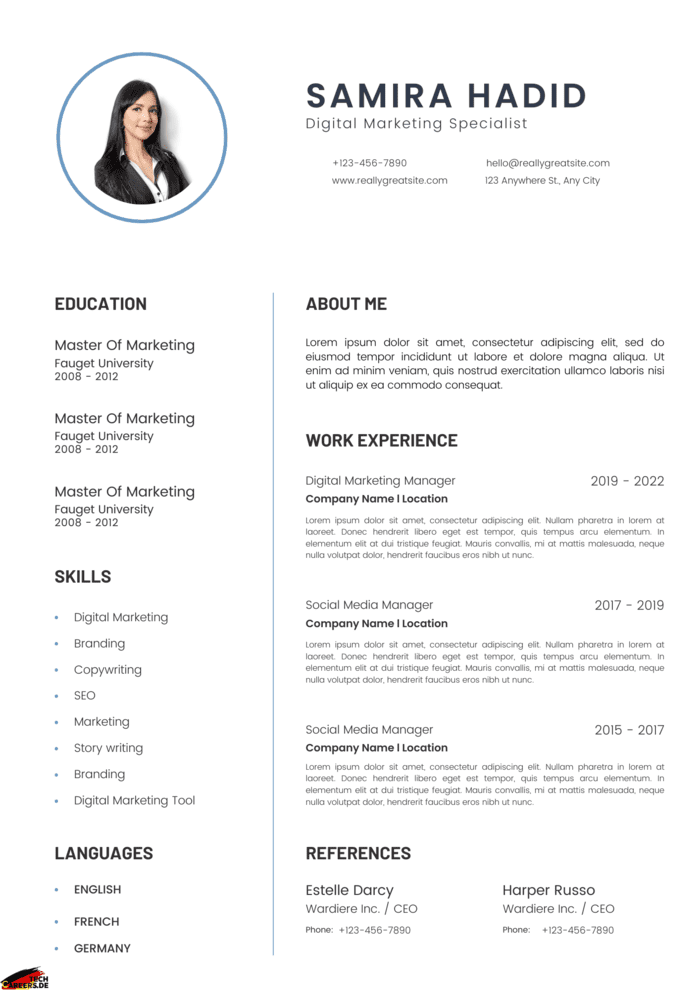
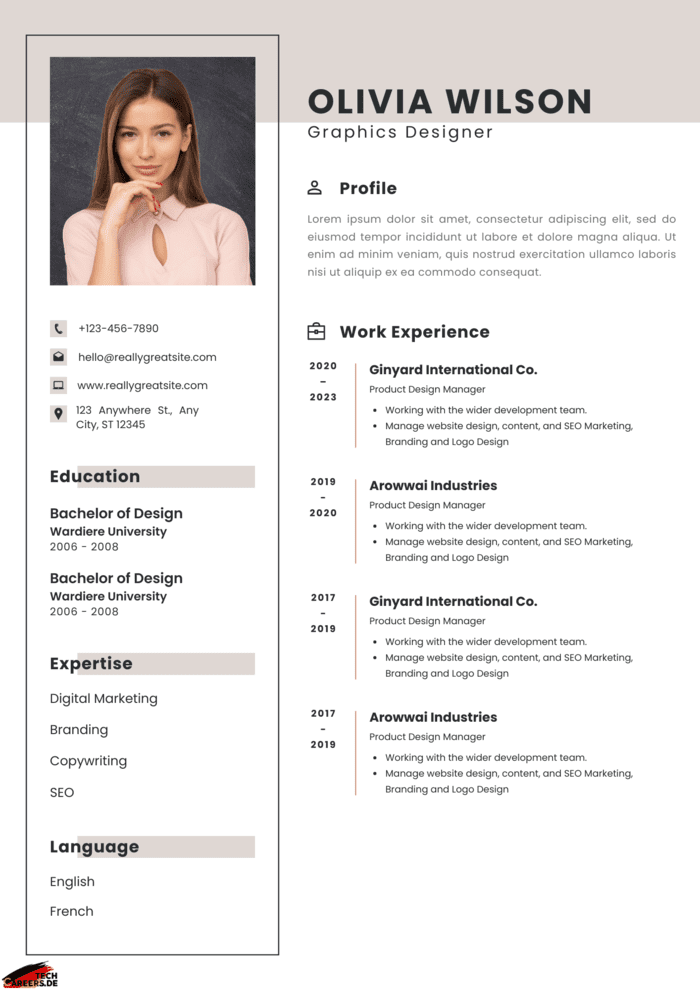
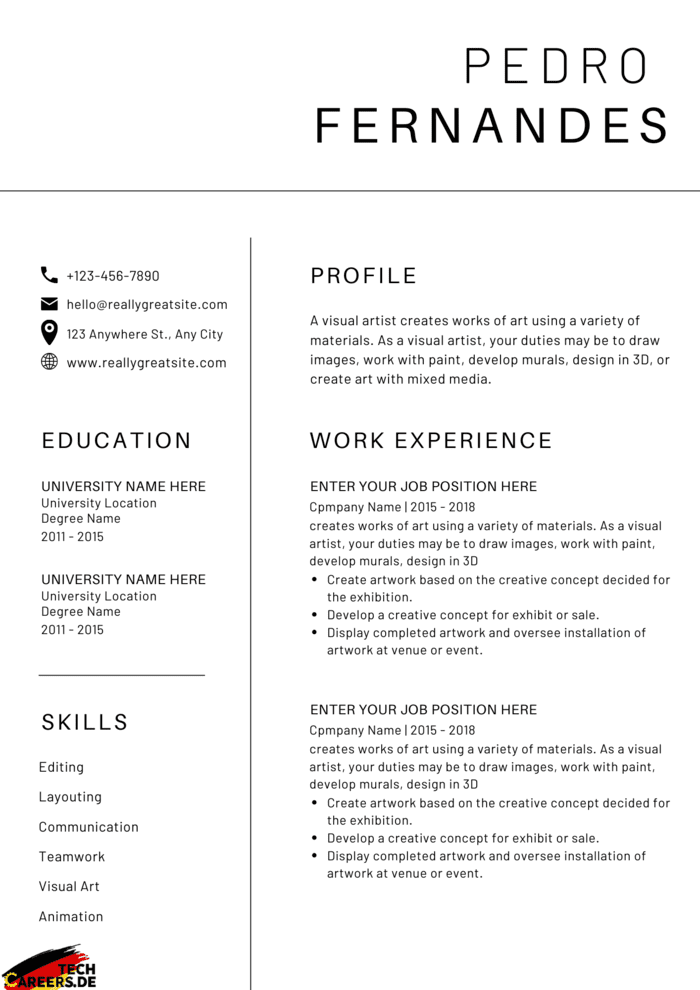
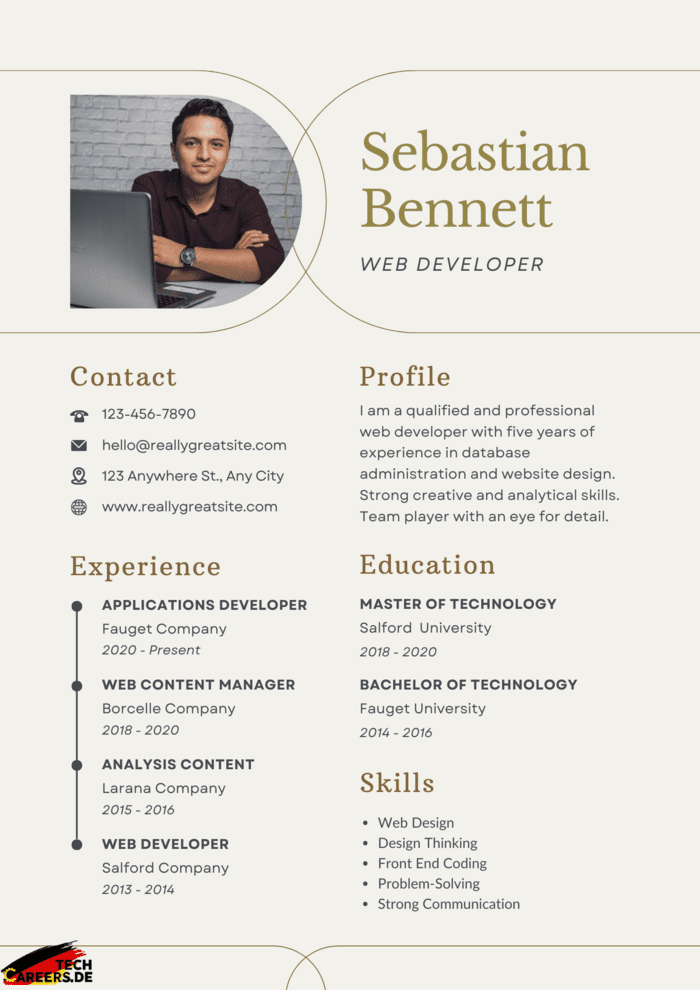



 Previous Post
Previous Post Next Post
Next Post